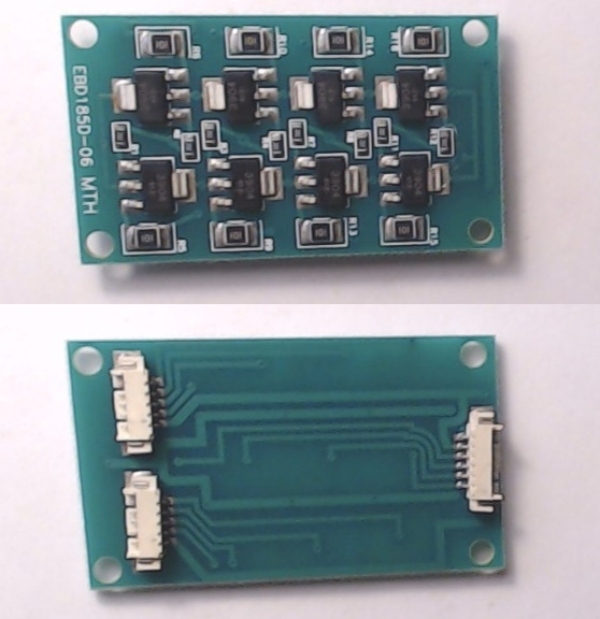On the smoke unit:
Normally I would have made that exact recommendation- a standalone PS1 unit, however, I do not know the full intent.
By that, I mean what do you intend to run this dummy with?? If Conventional (say roughly 8-14V track power) then fine. However, when using 18V constant power common with typical DCS command controlled other locos- now we are pushing the upper range of this PS1 unit- especially long term operation. Yes the unit tries to self regulate and is intended for a wide range of typical Conventional voltages all the way up to 18V, that said it's just putting the 2 smoke resistors in series. That has it's limit for long term constant 18V input will run the resistors very hot. So it will smoke like crazy as long as it has fluid, and then begin to cook itself when run dry.
Not all that long ago, there was a topic about using a DC switching regulator for just such a smoke unit.
https://ogrforum.com/...0#171907990311279380
and- where they did use a DC buck regulator
https://ogrforum.com/...0#171907990311279380
On the LED wiring:
Couple of basic things or "rules:
#1 LEDs need some form of current limiting. It's NOT just a voltage, you need controlled current.
#2 Different types and colors of LEDs have different voltage turn on requirements and lesser voltage ones- example red will rob power in parallel from higher voltage ones like white.
#3 Relevant to the above- PS3 LEDs in a loco do not have any in series resistors for current limiting- you are going to have to add them. Again, they are just bare LEDs with wires- no current limiting "built in".
So bottom line, one route is using a constant voltage regulated source- say 5-6V, and then using and adding individual current limiting resistors for each and every LED. The advantage of that is, then you could tune the resistor for a given LED function individual brightness.
I realize this is a lot and everyone may not come to the same exact path. By path, I mean use a constant voltage regulator board, and use individual current limiting resistors for specific LEDs. Additionally, the choice between slaving the smoke unit, or a PS1 unit, or a likely separate adjustable constant voltage source for the smoke unit heat resistors and likely a lower voltage for the fan motor as well.
Edit, also, one could explore powering both the LEDs and the smoke unit from the same fixed voltage source.













